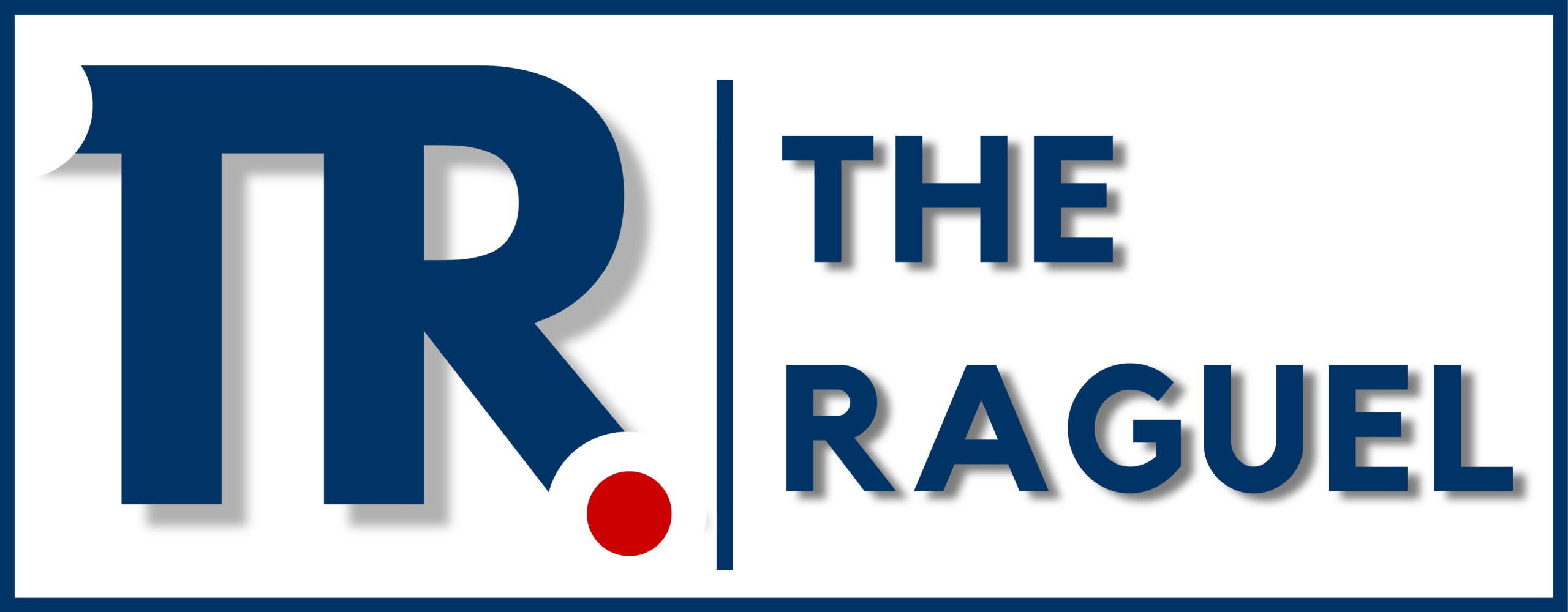On February 28, 2025, a highly anticipated White House meeting between U.S. President Donald Trump and Ukrainian President Volodymyr Zelenskyy spiraled into a contentious argument, spotlighting deep divides over the ongoing Russia-Ukraine war. Intended to advance negotiations on a U.S.-Ukraine minerals deal and peace talks, the Oval Office encounter instead exposed stark differences in approach, threatening U.S. support for Ukraine and raising questions about the future of ceasefire efforts with Russia.
A Meeting Meant for Diplomacy Turns Sour
The stakes were high as Zelenskyy arrived in Washington, D.C., seeking security guarantees and a minerals agreement that could bolster Ukraine’s economy amid its three-year conflict with Russia. Trump, alongside Vice President JD Vance, aimed to broker a deal that would grant the U.S. access to Ukraine’s rare earth minerals—seen as a potential repayment for American aid. However, what began as a diplomatic discussion quickly escalated into a shouting match broadcast before the world’s media.
Reports indicate Trump accused Zelenskyy of ingratitude for U.S. support, warning that Ukraine was “gambling with World War III” by resisting a ceasefire with Russian President Vladimir Putin. “You’re not acting at all thankful,” Trump reportedly said, raising his voice as he emphasized America’s pivotal role in Ukraine’s defense. Zelenskyy countered fiercely, rejecting Putin as a trustworthy partner and insisting that Russia’s aggression—not Ukraine’s resistance—was the root of the conflict. “He broke the ceasefire, he killed our people,” Zelenskyy said, defending his stance against conceding to Moscow.
Key Flashpoints: Ceasefire, Gratitude, and Putin
The clash crystallized around several key issues. Trump pushed for a rapid ceasefire, casting himself as a mediator capable of negotiating with both Putin and Zelenskyy. He argued that Ukraine’s weakened position left it with “no cards” to play without U.S. backing. Zelenskyy, however, demanded robust security guarantees from the West, warning that a ceasefire without assurances would leave Ukraine vulnerable to further Russian incursions. His frustration boiled over as he challenged Trump’s softer stance on Putin, urging no compromise with “a killer.”
Vice President Vance’s involvement added fuel to the fire. When Vance advocated for diplomacy, Zelenskyy pointedly noted that Vance had never visited Ukraine to witness the war’s devastation firsthand, questioning the credibility of his input. The exchange deteriorated further as Trump threatened to withdraw U.S. support entirely, stating, “You’re either going to make a deal, or we’re out.”
Fallout: A Canceled Press Conference and Global Reactions
The meeting’s abrupt end underscored its failure. A scheduled joint press conference was canceled, and Zelenskyy left the White House without signing the minerals deal or securing firm commitments. Trump later took to Truth Social, accusing Zelenskyy of disrespecting the U.S. and declaring him “not ready for peace.” Zelenskyy, in a subsequent Fox News interview, expressed regret over the encounter but stood firm, insisting his relationship with Trump could be salvaged if the U.S. aligned more closely with Ukraine’s interests.
The fallout reverberated globally. European leaders expressed solidarity with Zelenskyy, while some U.S. lawmakers, like Senator Lindsey Graham, praised Trump’s hardline stance. Others, including Representative Brian Fitzpatrick, decried the episode as a blow to Ukraine’s fight for sovereignty, warning it could embolden Putin.
Implications for the Russia-Ukraine War
The Trump-Zelenskyy rift raises critical questions about U.S. foreign policy and the Russia-Ukraine war’s trajectory. With Trump’s administration tilting toward Moscow—evidenced by recent U.S.-Russia talks excluding Ukraine—Kyiv faces growing isolation. The collapse of the minerals deal, intended as a step toward peace, leaves Ukraine’s economic and military prospects uncertain as the conflict nears its fourth year.
Analysts suggest the Oval Office clash could signal a broader U.S. retreat from supporting Ukraine, a shift that contrasts sharply with the Biden administration’s coalition-building efforts. For Zelenskyy, the stakes are existential: without sustained Western backing, Ukraine’s ability to resist Russia’s advances may falter.
Conclusion
The February 28, 2025, meeting between Trump and Zelenskyy was a dramatic unraveling of diplomatic hopes, exposing raw tensions over the Russia-Ukraine war. As ceasefire talks stall and U.S.-Ukraine relations strain, the world watches to see whether this public blowup marks a turning point—or a breaking point—in the conflict. With global security hanging in the balance, the stakes could not be higher. Subscribe to “The Raguel” for more updates and news



































